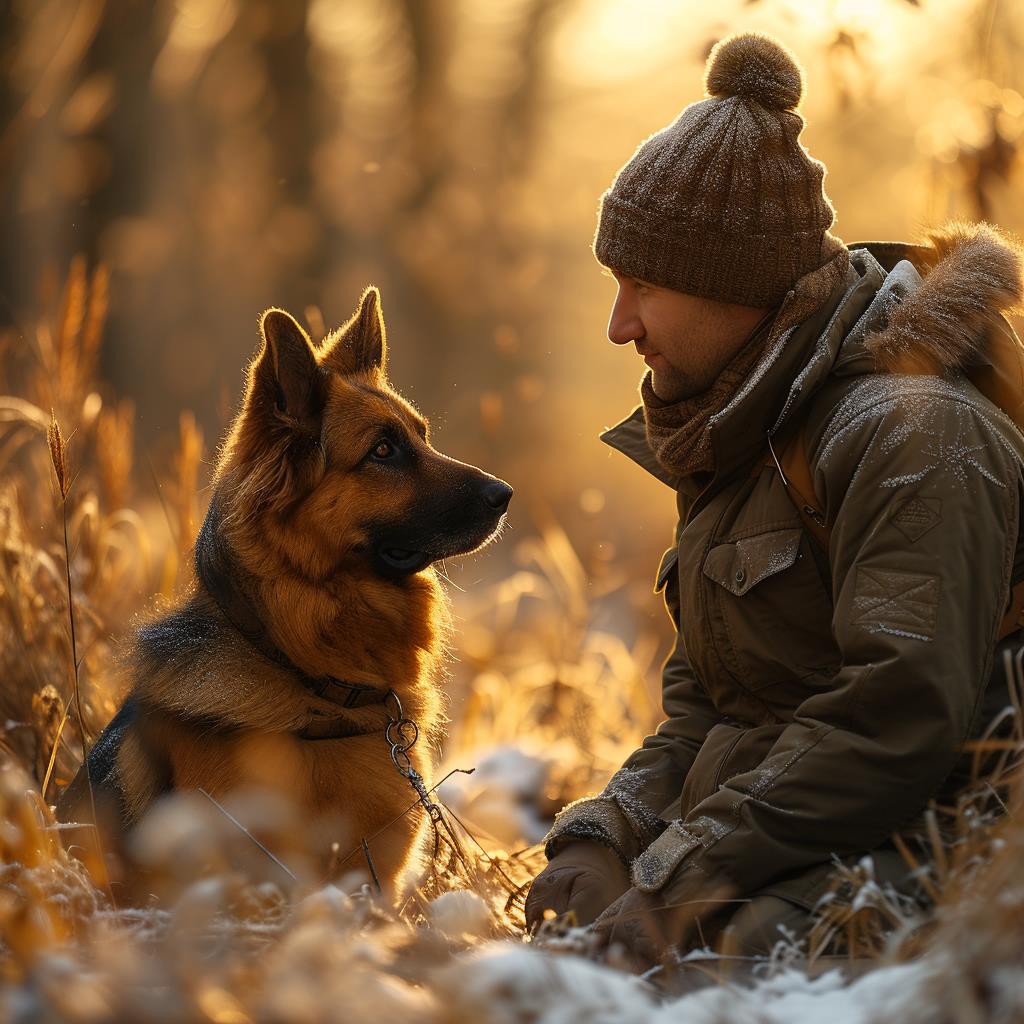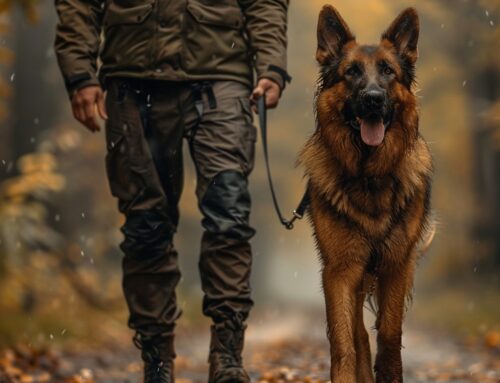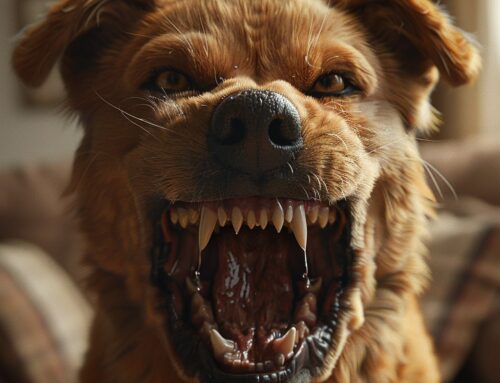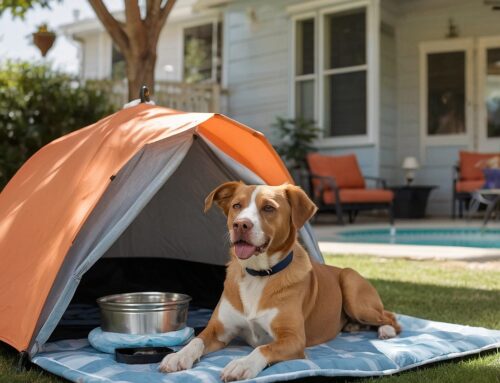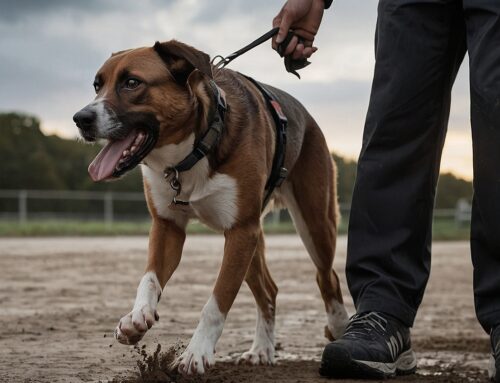Dog training is not just about teaching commands or correcting behavior; it’s a collaborative effort between you and your furry friend. While there isn’t always a dog training manual when it comes to training your own dogs, the process involves fostering a strong bond, understanding each other’s needs and boundaries, and working together to create a harmonious relationship. We’ll explore the concept of dog training as teamwork and get into the various aspects that contribute to a successful partnership between you and your canine companion.
Understanding Your Dog’s Perspective
Before embarking on any training journey, it’s crucial to understand your dog’s perspective and dog behavior. Dogs communicate primarily through body language, and being attuned to their signals can help you comprehend their emotions, needs, or boundaries. Recognizing when your dog is anxious, excited, or relaxed is the first step in building effective communication as a novice trainer.
Just like humans, dogs have their own personalities, preferences, and learning styles. Some dogs may need a food reward, while others may respond better to play or praise. Observing and understanding your dog’s individual traits and personality will give you wonderful insight and will enable you to tailor your training approach to suit their needs and bond strongly with your behaved friend.
Communication is Key
To teach people when it comes to training your dogs, teamwork relies heavily on effective communication, and the same holds true for the relationship between you and your dog. Establishing clear and consistent communication channels is essential for successful training. Using positive reinforcement techniques to reward desired behaviors, makes it clear to your dog what you expect from them. But also teaching to be stern and upfront on the bad behaviors is also key.
Verbal cues, hand signals, and body language are all part of the communication process. Consistency in your commands and signals helps your dog understand the meaning behind them. If you’re on a controlled walk, make sure to be firm and communicate on the unwanted behavior when it arrives.

Building Trust and Mutual Respect
Teamwork flourishes when trust and mutual respect are at its core. Dogs are social animals, and they thrive on positive interactions with their human companions. Whether it’s your own service dog, a dog with some physical disabilities, or a brand new puppy, building a strong foundation of trust involves being patient, understanding, and establishing a bond based on positive experiences.
Avoid punitive training methods that can damage the trust between you and your dog. Instead, focus on reinforcing good behavior and redirecting unwanted behavior. Dogs respond well to positive reinforcement, and by rewarding them for their efforts, you’re strengthening the bond between you and encouraging a positive attitude towards training.
Setting Realistic Expectations
Training a dog requires time, patience, and consistency. It’s essential to set realistic expectations and understand that every dog progresses at its own pace from your dog or her dog, teamwork requires lots of patience. Be patient with your canine companion, and celebrate small victories along the way. Rome wasn’t built in a day, and neither is a well-trained dog.
Consistency is key in reinforcing desired behaviors and setting realistic goals helps you stay motivated and committed to the training process. Remember that dogs, like humans, may have off days, so approach training with a positive mindset and adapt your methods to suit your dog’s current state of mind. Usually, a good dog trainer can help with these types of goals, as they have clear and consistent timelines of what they’ll train with your dog and specific realistic goals to meet. Make sure to check out Performance K9’s specific training programs that range from basic obedience training to more advanced aggression rehabilitation.
Positive Reinforcement Techniques
Positive reinforcement is a powerful tool in the world of dog training. It involves rewarding your dog for exhibiting the desired behavior, making them more likely to repeat it in the future. This method not only strengthens the bond between you and your dog but also creates a positive association with the training process.
Use treats, toys, or verbal praise as rewards when your dog follows a command or displays good behavior. This positive reinforcement not only motivates your dog but also fosters a sense of accomplishment and satisfaction. It’s important to deliver the reward immediately after the desired behavior to ensure a clear connection between the action and the positive outcome. But remember that you’ll also need to balance this method and be firm with the ‘no’ command when your dog shows some unwanted behavior.
Tailoring Training to Your Dog’s Needs
Every dog is unique, and tailoring your training approach to suit your dog’s individual needs is crucial for success. Consider factors such as breed, age, and temperament when designing a training plan. For example, high-energy breeds may benefit from more physical activities like longer walks to doggy daycares, while older dogs may require gentler exercises and more of a quiet environment.
Adapt your training techniques to accommodate your dog’s learning style. Some dogs respond well to visual cues, while others may be more responsive to auditory commands. Being flexible in your approach allows you to meet your dog where they are and create an environment conducive to effective learning.
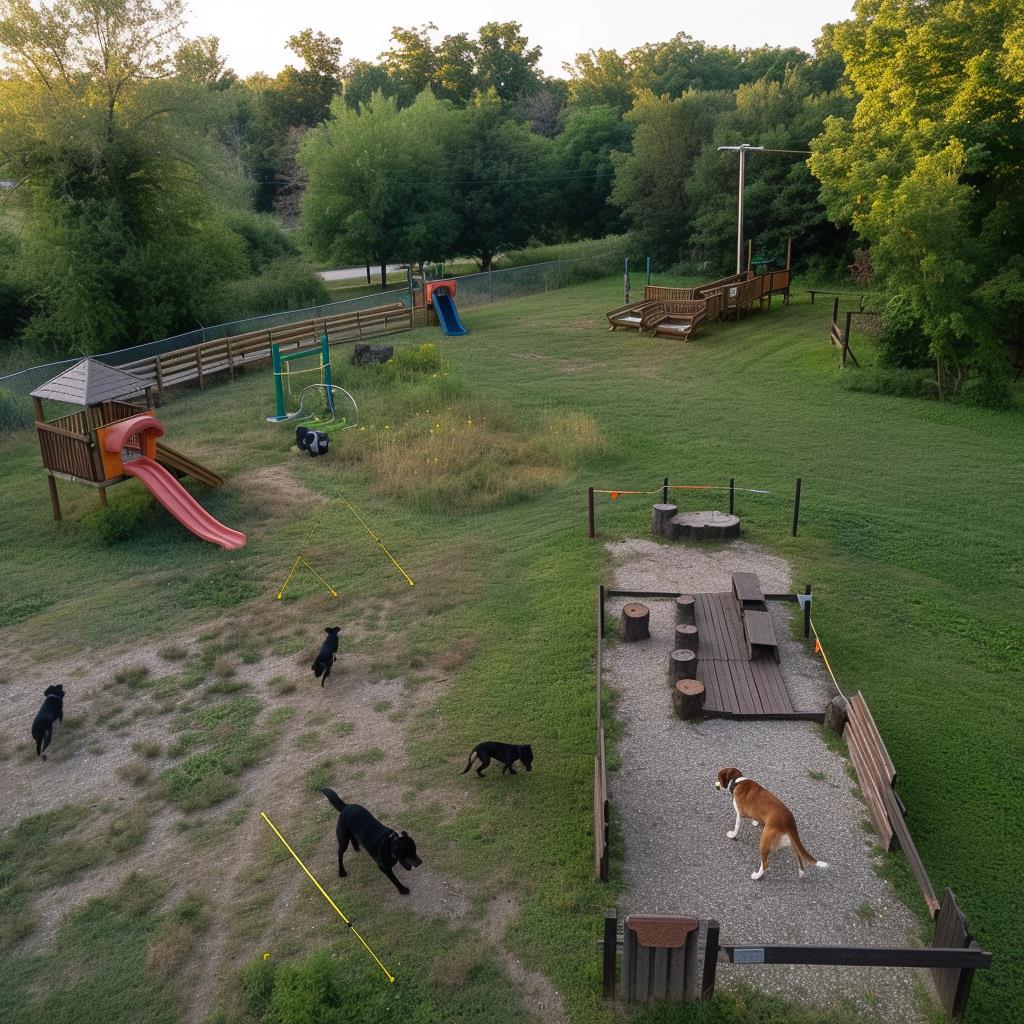
Incorporating Fun and Play
Teamwork thrives when there’s an element of fun and play involved. Dogs are naturally playful creatures, and incorporating games into your training sessions can make the process enjoyable for both you and your furry friend. Activities such as fetch, hide and seek, or agility exercises not only provide mental stimulation but also strengthen the bond between you and your dog. You can even enroll your dog into a doggy daycare for more socialization with other dogs and trained team members as part of your training routine.
Make training a positive and engaging experience, and your dog will be more eager to participate. A happy and stimulated dog is more likely to retain information and follow commands willingly. By making training sessions enjoyable, you’re creating a positive association with learning and reinforcing the idea that working together is rewarding.
Consistency in Routine
Dogs thrive on routine, and incorporating consistent training sessions into your daily schedule is essential for long-term success. Set aside dedicated time each day for training, keeping the sessions short and focused. Consistency in routine helps your dog understand when to expect training, creating a sense of predictability and security.
Consistent routines extend beyond training sessions to include feeding times, walks, and playtime. Dogs feel more secure when they have a predictable routine, and this stability contributes to a well-balanced and well-behaved canine companion.
Seeking Professional Guidance
While teamwork is essential in training your dog, sometimes seeking professional guidance can make a significant difference. Professional trainers have the experience and knowledge to assess your dog’s specific needs and provide tailored solutions. Enrolling in obedience classes or hiring a certified dog trainer can offer valuable insights, guidance, and support in building a strong foundation for your teamwork with your dog.
How Teamwork Dog Training is Essential for Your Dog
The key to success lies in viewing it as a collaborative effort between you and your furry companion. Teamwork involves understanding your dog’s perspective, establishing effective communication, building trust and mutual respect, and setting realistic expectations. Consistency in routine and seeking professional guidance when needed further enhance the teamwork dynamic. Ultimately, the bond forged through teamwork in dog training goes beyond obedience commands – it creates a lifelong partnership built on understanding, trust, and mutual respect. Embrace the journey of teamwork with your dog, and you’ll reap the rewards of a well-behaved, happy, and deeply connected canine companion.
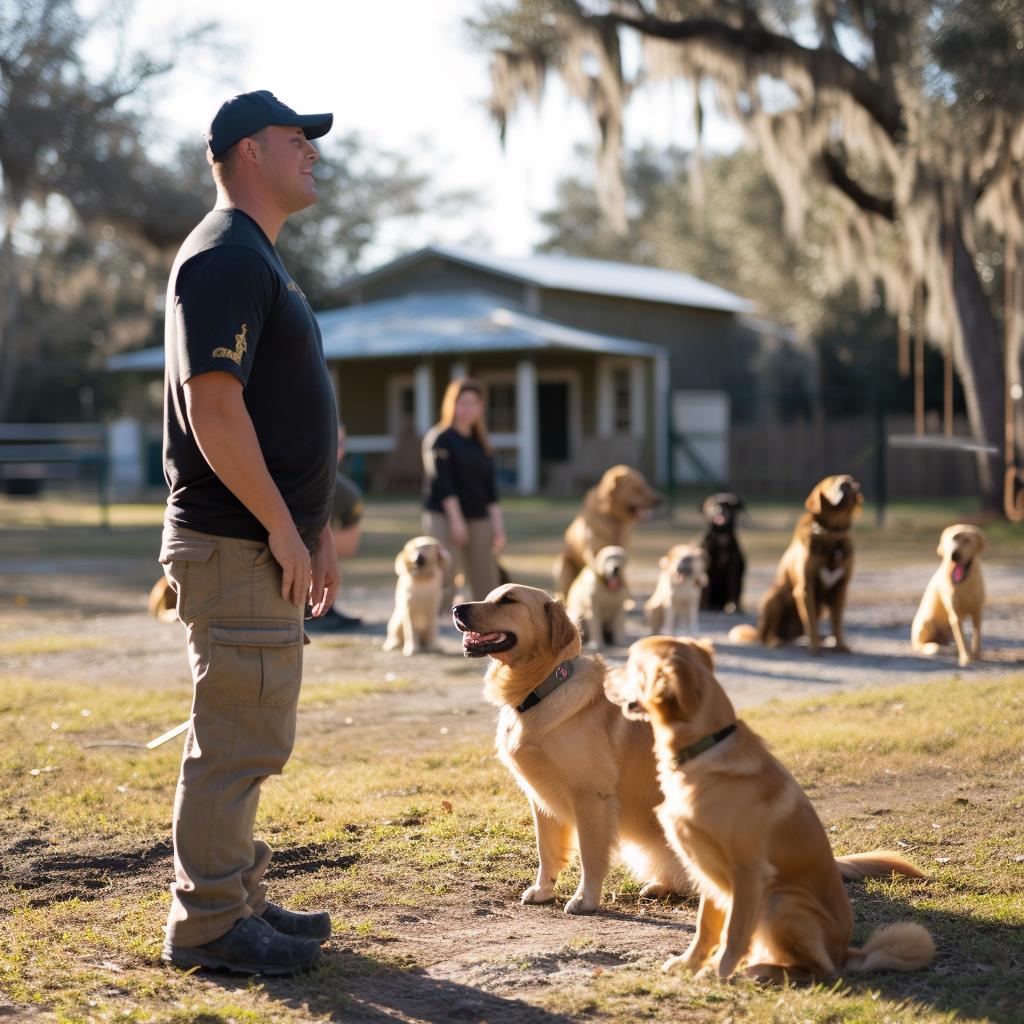
When it comes to training your dog, there are different types of skills you’ll need to learn and teach your dog and teamwork is the most important. But with Performance K9 Training we’re here to help with your dog’s training. We offer a Basic Behavior Modification program which is a 2-week board and train program that addresses common dog challenges. And for more advanced dogs, Performance K9 Training also offers an Advanced Behavior Modification Program that lasts about 3-4 weeks. Or if you’re even looking for a more customized approach, we have a special Golden Paw Program that will customize your dog training.
Whichever training program you choose will help your dog in their journey of dog training, while giving the dog a happy and safe environment to learn and socialize with. Contact us today to learn how to get your dog into our training programs with Performance K9 Training, we offer on-site complimentary 1-hour consultations where pet parents can bring their dog for an assessment with our founder, David Greene. So make sure to speak with us today, you can even ask if we have any deals to help your family out and to help build strong teamwork for you and your dog’s training!



